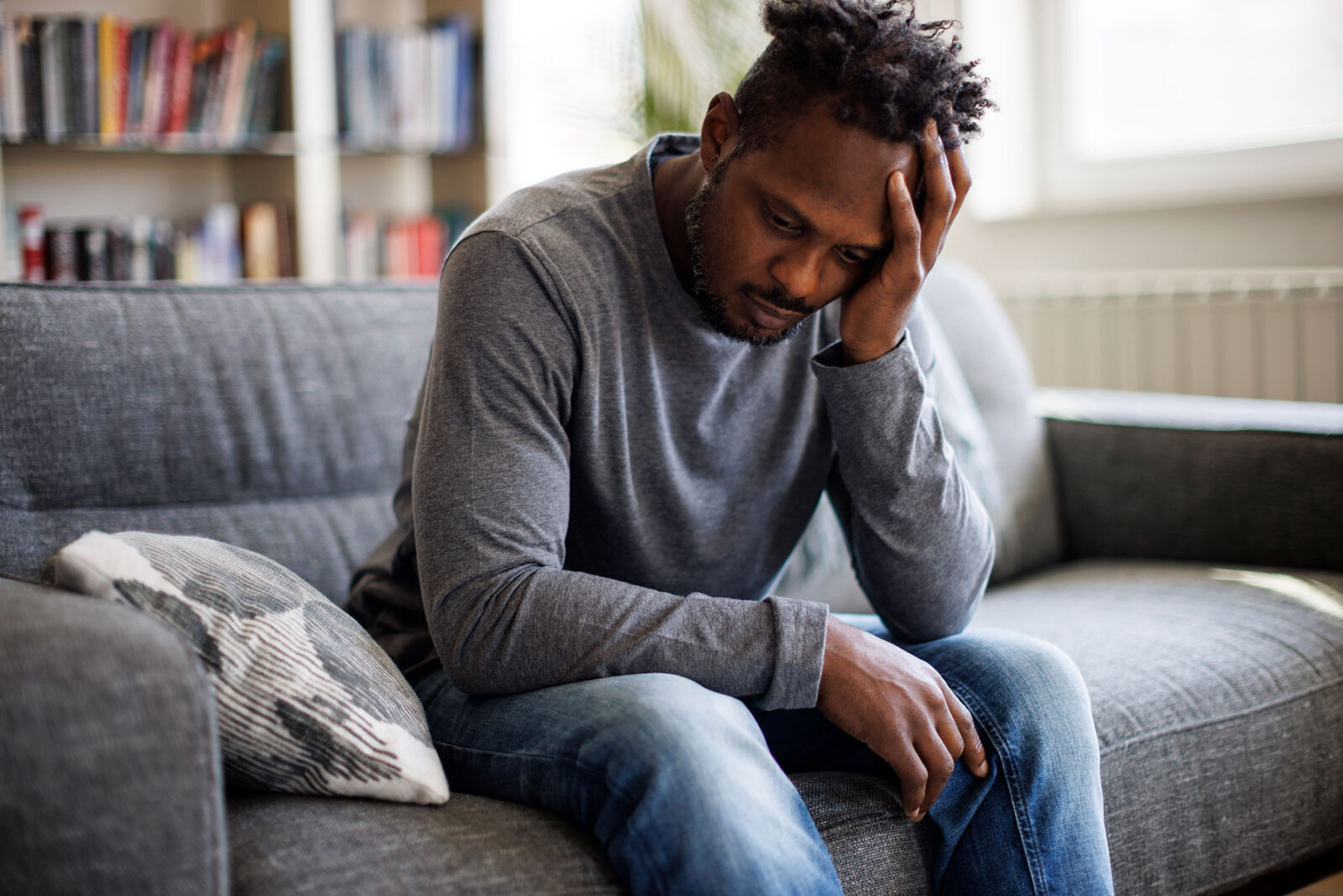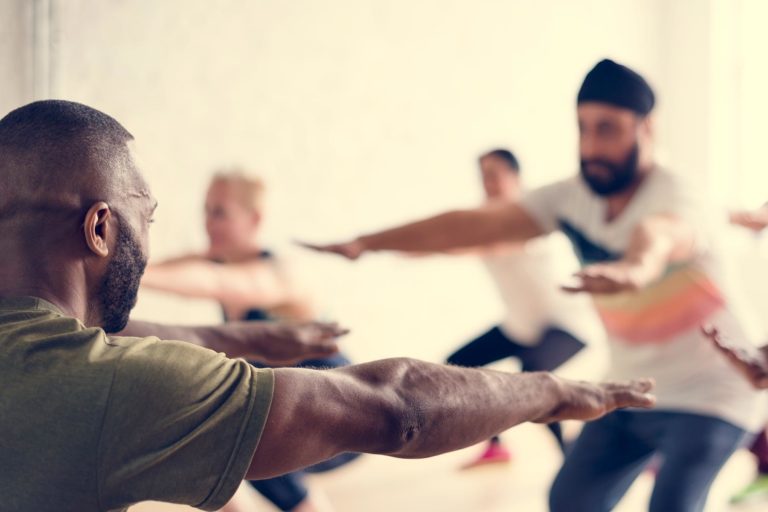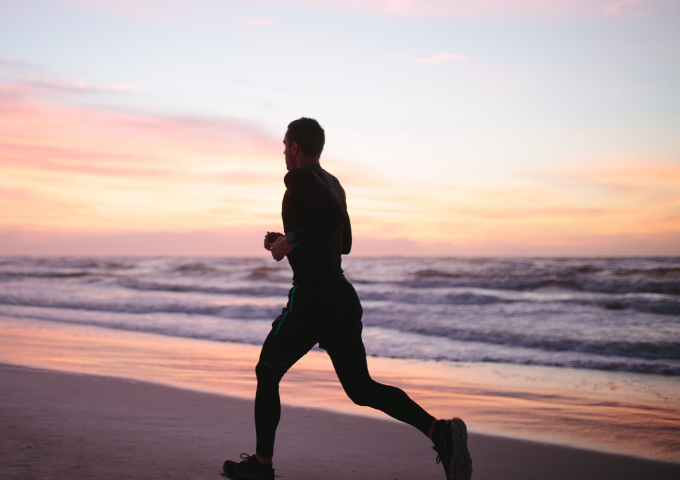Panic attacks
A panic attack is a sudden and intense episode of overwhelming fear or anxiety. Panic attacks can be debilitating and frightening and can occur unexpectedly or in response to a trigger. Typically, they last for a few minutes to half an hour.
Panic attack symptoms
Panic attack symptoms can be both mental and physical, which can be very terrifying, especially if you’re not used to experiencing them.
Panic attack symptoms vary from person to person. Below are some of the more common symptoms:
- Intense feelings of being swamped or overwhelmed
- Galloping heart rate
- Extreme perspiration or feeling the chills
- Constricted or tight chest
- Breathing difficulties
- Tingling legs and arms
- Uncontrollable shaking or trembling
- Feeling faint or dizzy
- Tightness in the stomach or nausea
- Strong feelings of fear
- Feeling distant or detached.
The attack can last from a few minutes to half an hour, with the peak intensity usually occurring within ten minutes before subsiding. During a panic attack, people may worry they are losing control, having a heart attack, or fear they may die.
Note: If you are experiencing symptoms and aren’t sure whether it is a panic attack, you should seek help immediately – call 000 for emergencies.
Panic attack causes
Panic attacks are still being studied and are not yet fully understood, but we do know that some of the contributors include:
- Intense stress
- Traumatic events
- Public speaking
- Financial worries
- Illness
- Overly intensive exercise.
Panic attacks can also occur without any obvious trigger. They can happen at any time and can begin from a calm or highly anxious state.
Is it a panic disorder?
A panic disorder is usually marked by frequent and unexpected panic attacks. People with a panic disorder may worry about having panic attacks in the future, and as a result, may start avoiding activities or certain situations to minimise or avoid the possibility of another attack.[1]
According to the Australian Psychological Society, to be diagnosed with a panic disorder, a person must have at least one unexpected panic attack followed by at least one month of ongoing concern or worry and/or changes in behaviour to prevent future attacks.
How to handle a panic attack
There are some things you can do to help you cope the next time you have a panic attack:
- Re-assure yourself that a panic attack is not life-threatening, and it will usually subside within a few minutes.
- Remind yourself that you have been through this before, and even though it is scary, you will get through this.
- Control and slow your breathing.
- Close your eyes and count to five on each inhale and exhale.
- Focus on your immediate surroundings – pick a point of interest and direct your attention to something external.
To avoid future panic attacks, you can look at what is causing you stress and find ways to manage it. Practicing breathing exercises, incorporating regular exercise, and avoiding caffeine, alcohol and smoking may also help.
You can also contact a health professional or your GP to help you develop a treatment plan.
Seek professional help for panic attacks
If you experience regular panic attacks, consulting a professional can help you find ways to manage occurrences. Your GP can usually offer some advice and can also conduct a physical examination to see if the attacks result from an illness like asthma, heart problems or diabetes.
A counsellor or psychologist can also help you manage attacks using techniques like cognitive behaviour therapy. These strategies can help you identify and challenge thoughts and behaviours that can cause feelings of panic.
If you need to talk, give one of our MensLine Australia counsellors a call on 1300 78 99 78 or access online chat.
Reference
[1] American Psychiatric Association. (2013). Diagnostic and statistical manual of mental disorders (5th ed.). Washington DC: Author.









